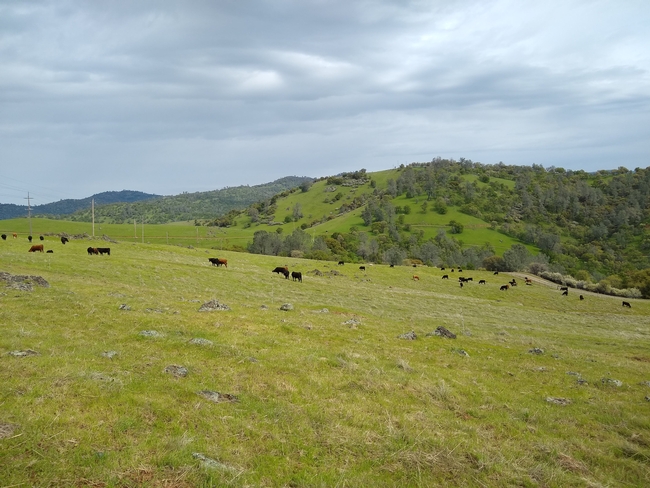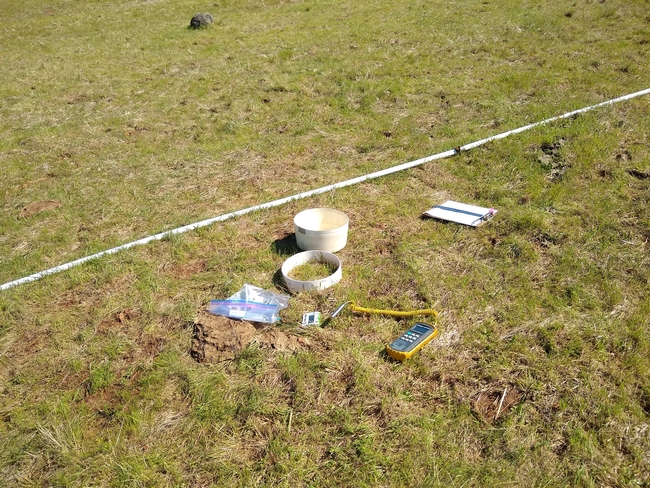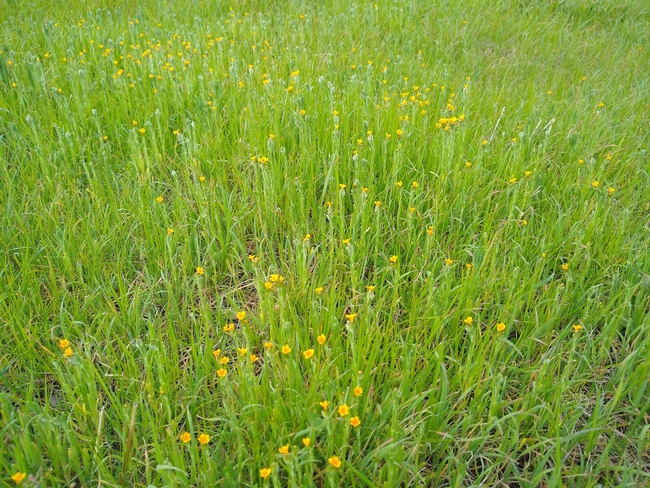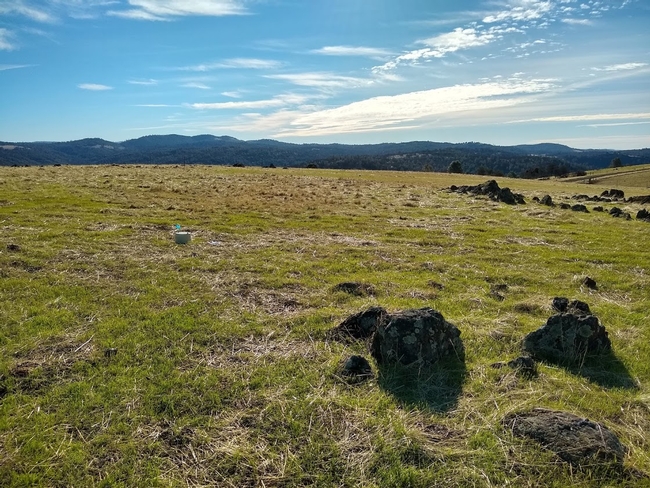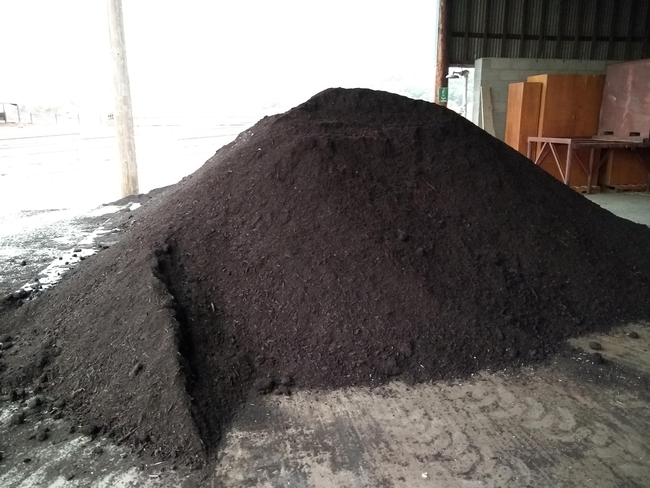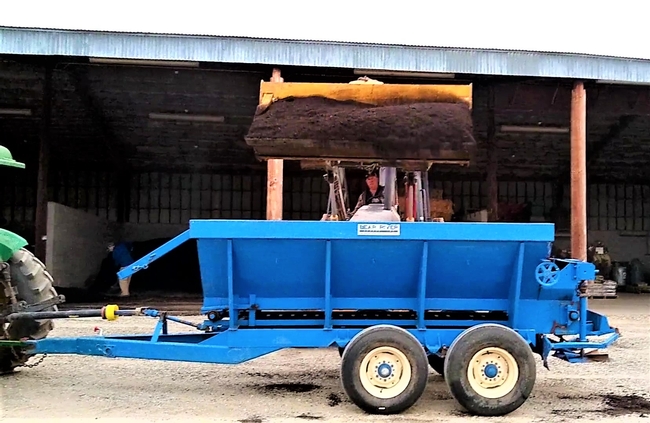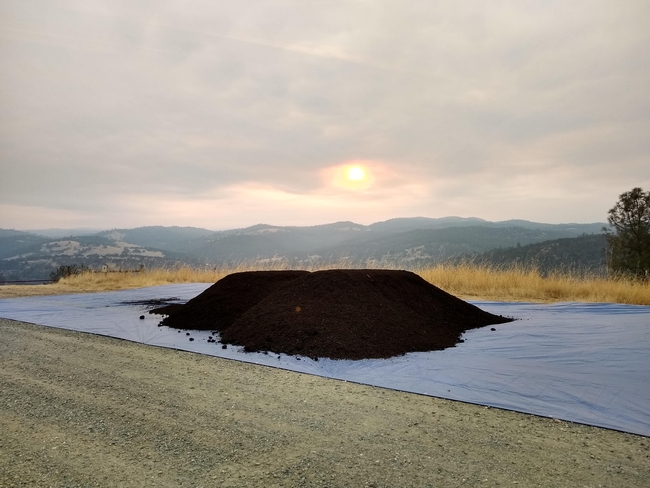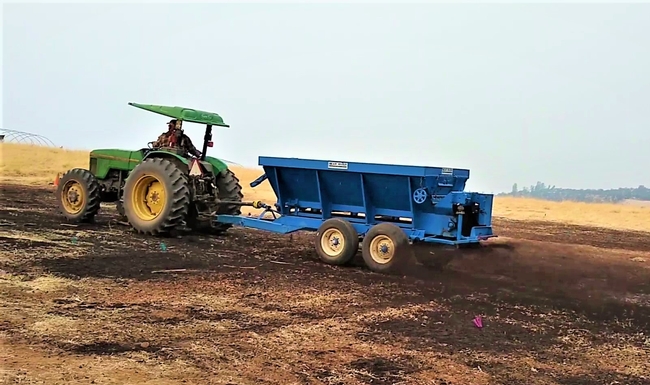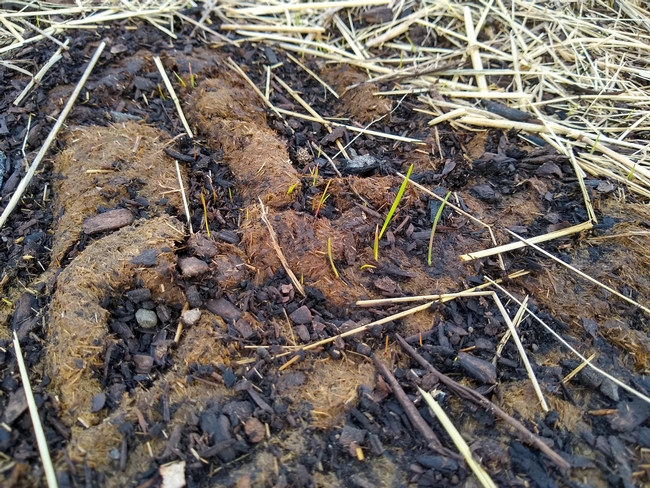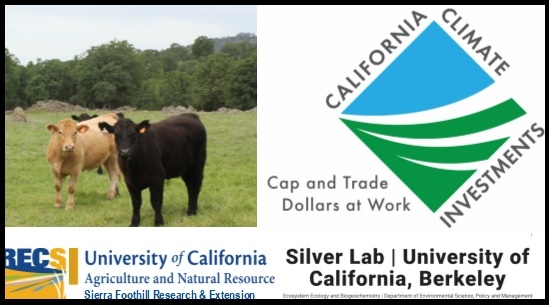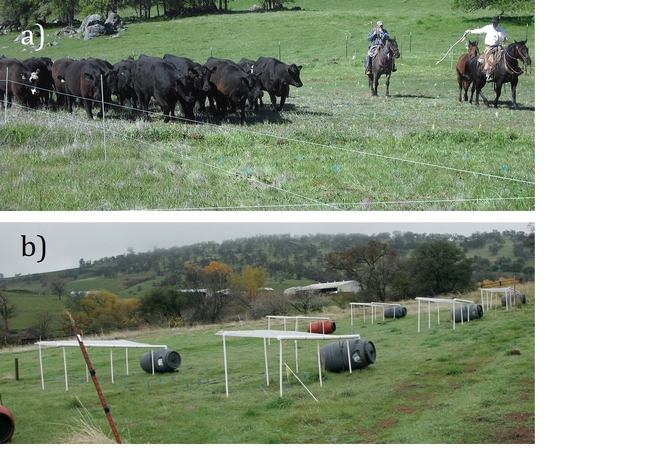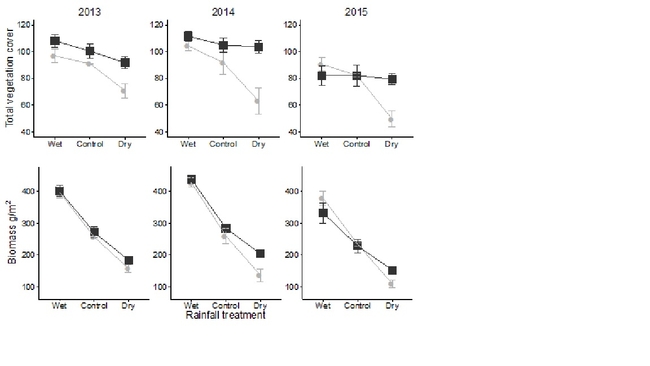- Author: Alexandra Stefancich
Did you miss our Ranching and Range Management in a Drying Climate Workshop? Don't despair because you can still hear all the wonderful presentations from the day on our Youtube Channel! Talks include:
Compost Applications on Rangeland: Carbon Sequestration and Ecosystem Co-benefits Healthy Soils Demonstration Project
Holly Stover, Postdoctoral Researcher, UC Berkeley
Co-Principal Investigators:Whendee Silver and Jeremy James
Direct and Legacy Effects of Compost Amendments on Rangeland Ecosystem Services
Ashley Shaw, Postdoctoral Scholar, University of Oregon
In collaboration with: Lauren Hallett, Whendee Silver, Katharine Suding, and Holly Stover
Climate Data and Visualization Tools to Support Range Management Planning
Andy Lyons, Shane Feirer & Maggi Kelly
Come Rain or Shine: Incorporating Weather Forecasting/Prediction into On-Ranch Decision Making
Matthew Shapero, UC Cooperative Extension, Livestock & Range advisor
Ranching in a Variable Climate, A Practical Approach
Dan Macon, Livestock and Natural Resources Advisor
UCCE – Placer/Nevada/Sutter/Yuba
Impacts to and Opportunities for Providing Rangeland Ecosystem Services Under Climate and Land Use Change
Kristin Byrd, (kbyrd@usgs.gov)
Co-authors: Lorraine Flint,Alan Flint, Michelle Stern, Pelayo Alvarez, Torre Estrada, Jeffrey Creque,Frank Casey, Fabiano Franco, Ben Sleeter, Chris Soulard, Dick Cameron, Allegra Mayer, Whendee Silver, and Terry Sohl
Impacts of a Drying Climate on Rangeland Ecosystems
Jeremy James, Director UC SFREC
Click here to be directed to our Youtube Channel.
We hope you enjoy all that there is to learn from these valuable presentations.
- Author: Holly Stover
- Editor: Alexandra Stefancich
Spring is here and the Healthy Soils Demonstration Project (to read about the background of this project, click here) has been busy since the composts were applied last fall. We have observed the onset of spring, the grasses and wildflowers on the plots are actively growing. With frequent rains and warm temperatures starting, the applied compost has settled into the soil ecosystem.
On March 22, a herd of 79 cattle visited our plots and grazed on the grasses. It was a busy week, we also began our second intensive gas sampling campaign and are currently sampling greenhouse gases every day for the next three weeks. The soil microbial and plant communities are active and we are capturing key soil mineralization processes during this time. To learn more about the project, visit us on May 15 at SFREC for the Ranching and Range Management in a Drying Climate Field Day! Click here to see the agenda. Click here to register.
- Author: Holly Stover
- Editor: Emily Baumstinger
- Author: Emily Baumstinger
UC Sierra Foothill REC is hosting a community workshop & field demonstration event where The Silver Lab at UC Berkeley will discuss results from a long-term (10 year) compost addition trial on foothill rangeland and observed benefits for forage quality, quantity, and soil health characteristics.
At this event, researchers will also be spreading compost for a new project supported by the 2017 Healthy Soils Demonstration Project and funded by Greenhouse Gas Reduction Funds and part of California Climate Investments.
Agenda:
- Demonstrate application of green waste and food waste compost
- Examine impacts of compost addition on forage production and quality
- Discuss how compost addition can improve rangeland soil properties
- Explore sourcing and applying compost at an operational scale
- Review cost/benefits and incentives
All are welcome to attend - Get more info by calling 530-639-8800 or emailing Jeremy James at jjjames@ucanr.edu.
Date: Wednesday, November 14, 2018
Time: 10am – 12pm
Location: 8279 Scott Forbes Rd. Browns Valley, CA
Agenda - Rangeland Compost Nov 2018
- Author: Lauren Hallett
- Author: Katharine Suding
Over the last few years Californians have grappled with how to manage lands during times of both drought and plentiful rainfall. At SFREC and on Central Valley rangelands, one question is whether management that promotes high forage in wet years alters ecosystem resilience in dry years. For example, promoting highly productive grasses is a common goal. While drought years can negatively affect productive grasses, less productive species, particularly forbs like filaree, do relatively well in drought years due to decreased competition. Over the last several years the Suding lab and SFREC crew have been building ever-larger drought manipulations to test how different management practices, and associated species mixes, affect forage across good and bad rainfall years.
In the first iteration of this project, we looked at how grazing practices and rainfall interact to affect forage over dry and wet years. We hypothesized that grazing practices that maintained a diverse mix of grasses and forbs would promote more stable forage across wet and dry conditions. To test this, we first varied grazing intensity over four years within a pasture to describe how grazing alters grass and forb abundances (Figure 1a). Second, we implemented rainout shelters and irrigation over three years to create “dry” and “wet” plots within areas of different grazing histories (Figure 1b). We found that moderate grazing practices maintained a diverse mix of grass and forb species. This mixture better maintained vegetation cover and biomass across rainfall conditions compared to low-grazed areas dominated only by grasses (Figure 2) (Hallett, Stein, Suding conditionally accepted, Oecologia).
In the second iteration of this project, we are exploring how rainfall timing alters grassland diversity and forage production. We hypothesized that early-season drought will alter which species recruit that year, with higher forb abundance in dry falls and higher grass abundance in wet years, whereas late-season drought would reduce overall production. To test this, we have implemented large shelters with roofs that are pulled in place to create early-season, late-season and continuous drought as well as a control (Figure 3). We are finding that periodic early-season drought helps to maintain forb diversity in California rangelands. Working with Dr. Whendee Silver, we are also testing the effect of rainfall timing on nutrient cycling and greenhouse gas emissions. We are finding that previous-season rainfall as well as current season alters greenhouse gas emissions, which may be important for managing rangelands for multiple ecosystem services going into the future.



